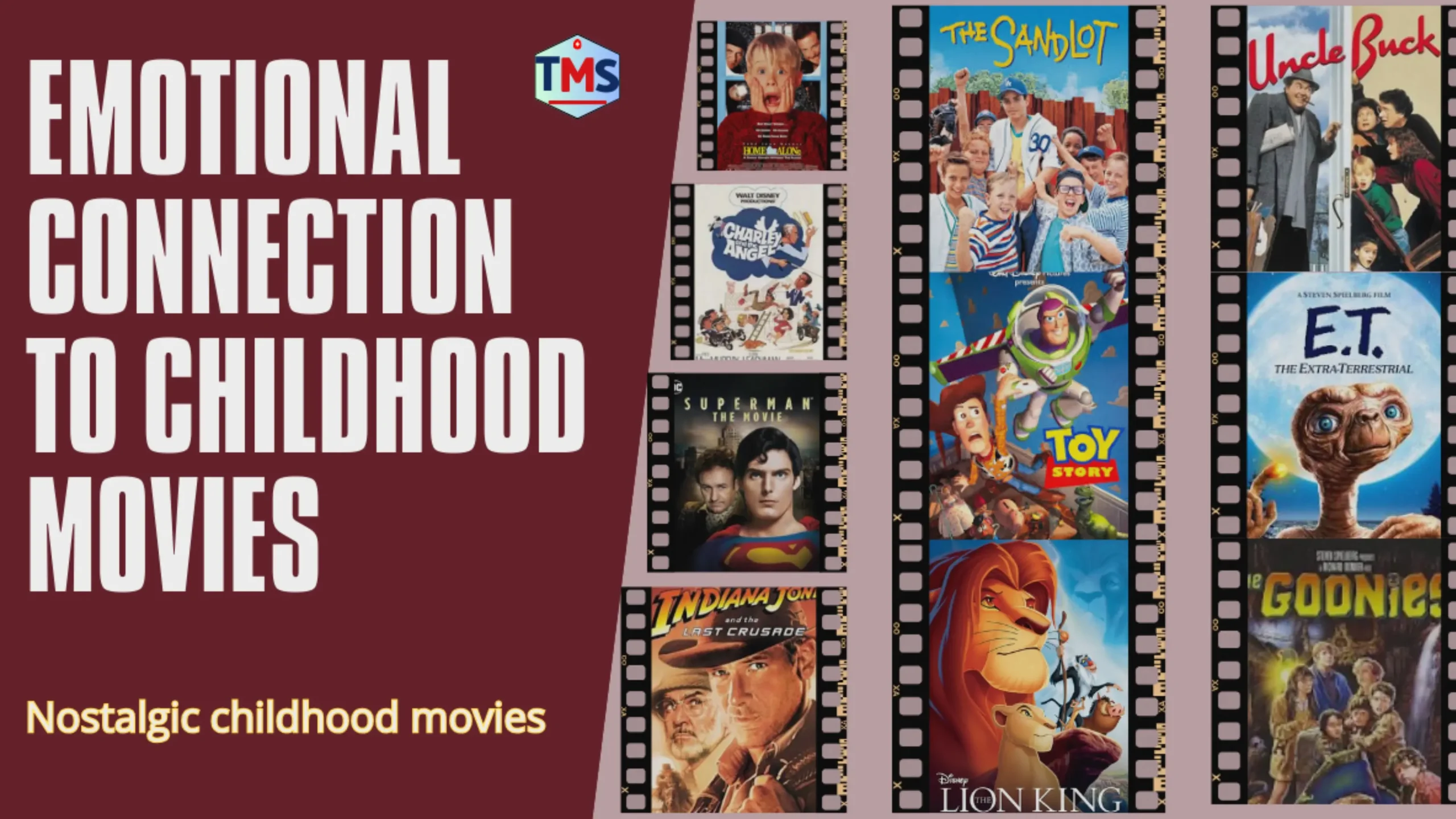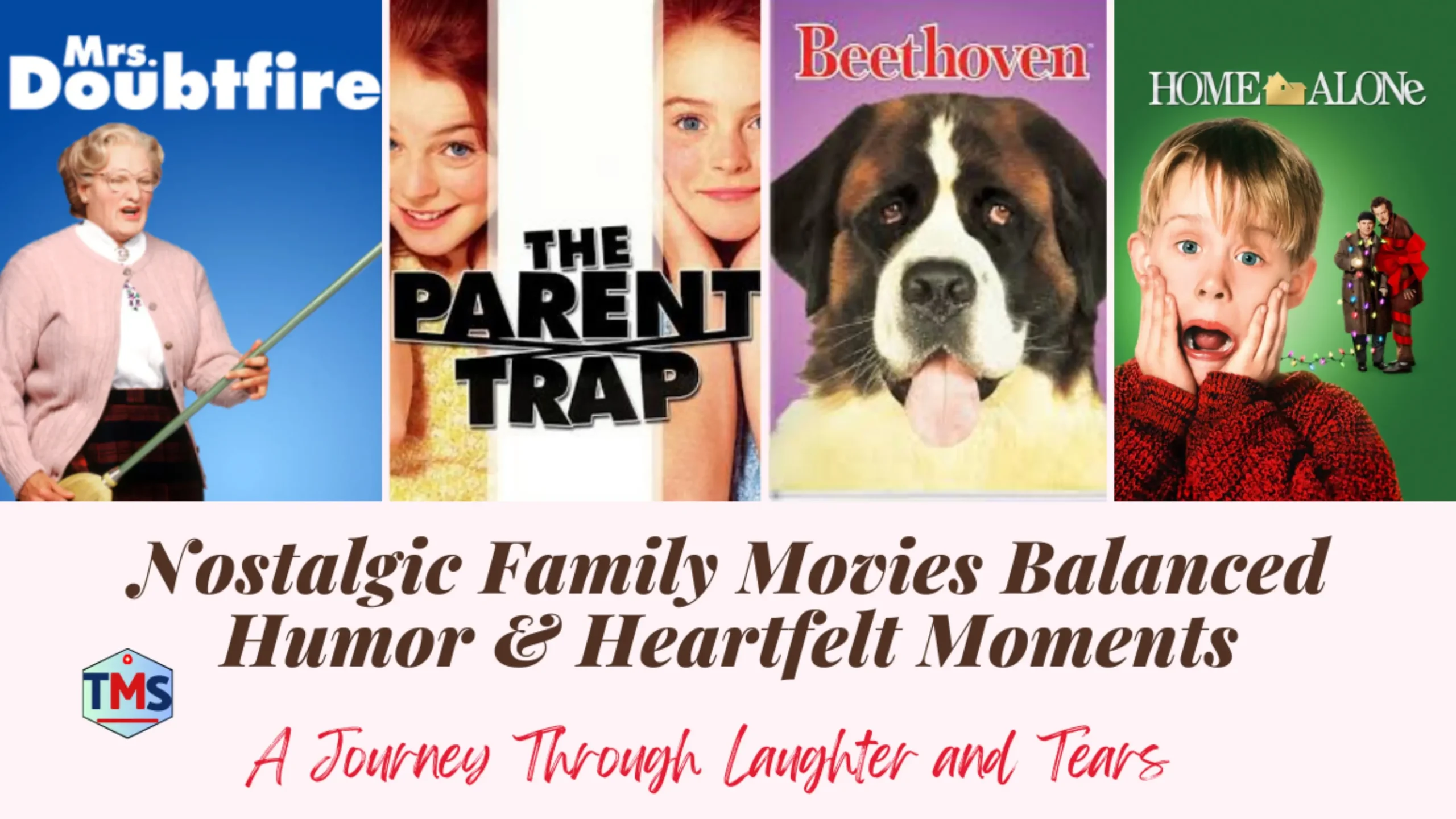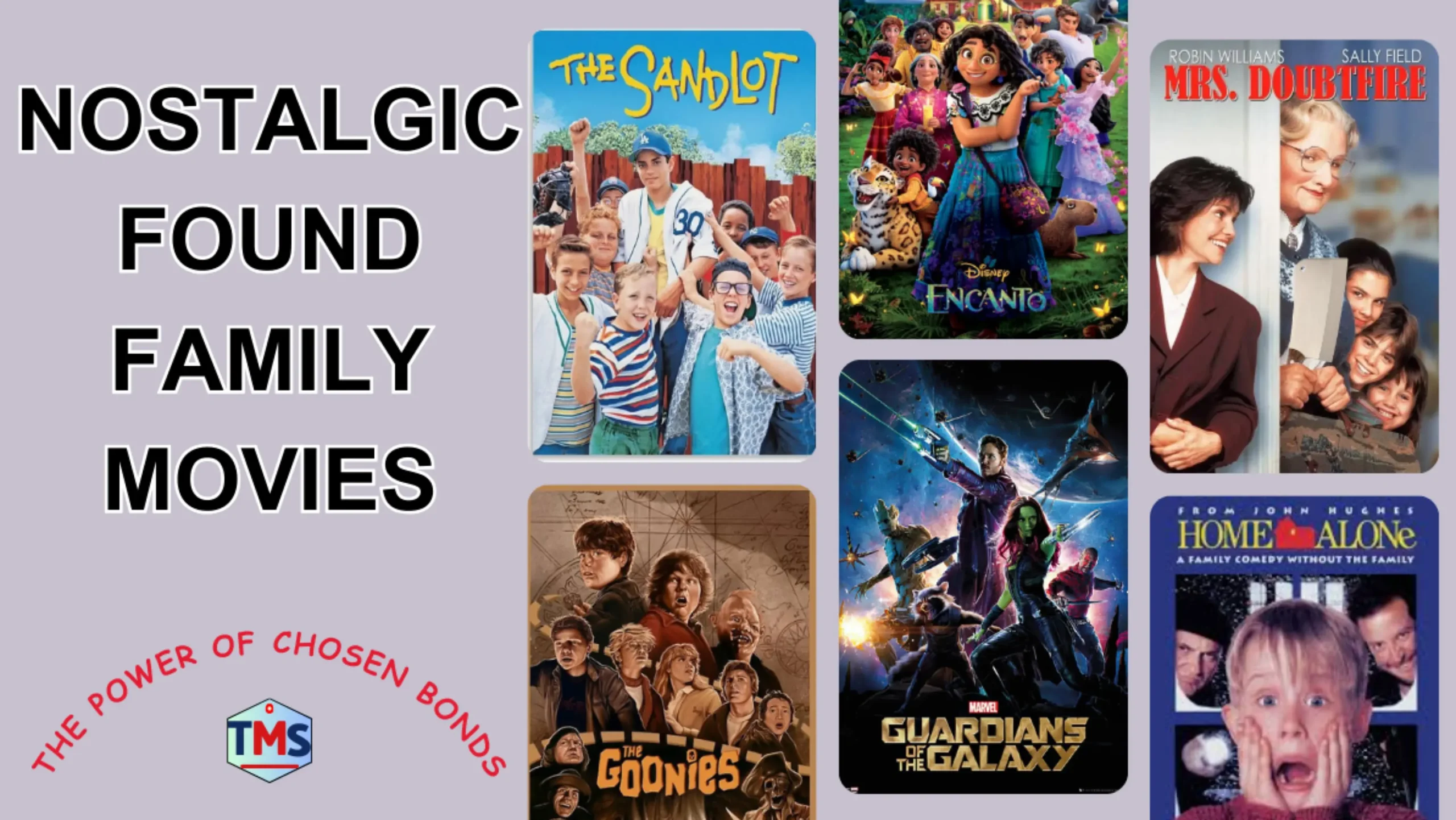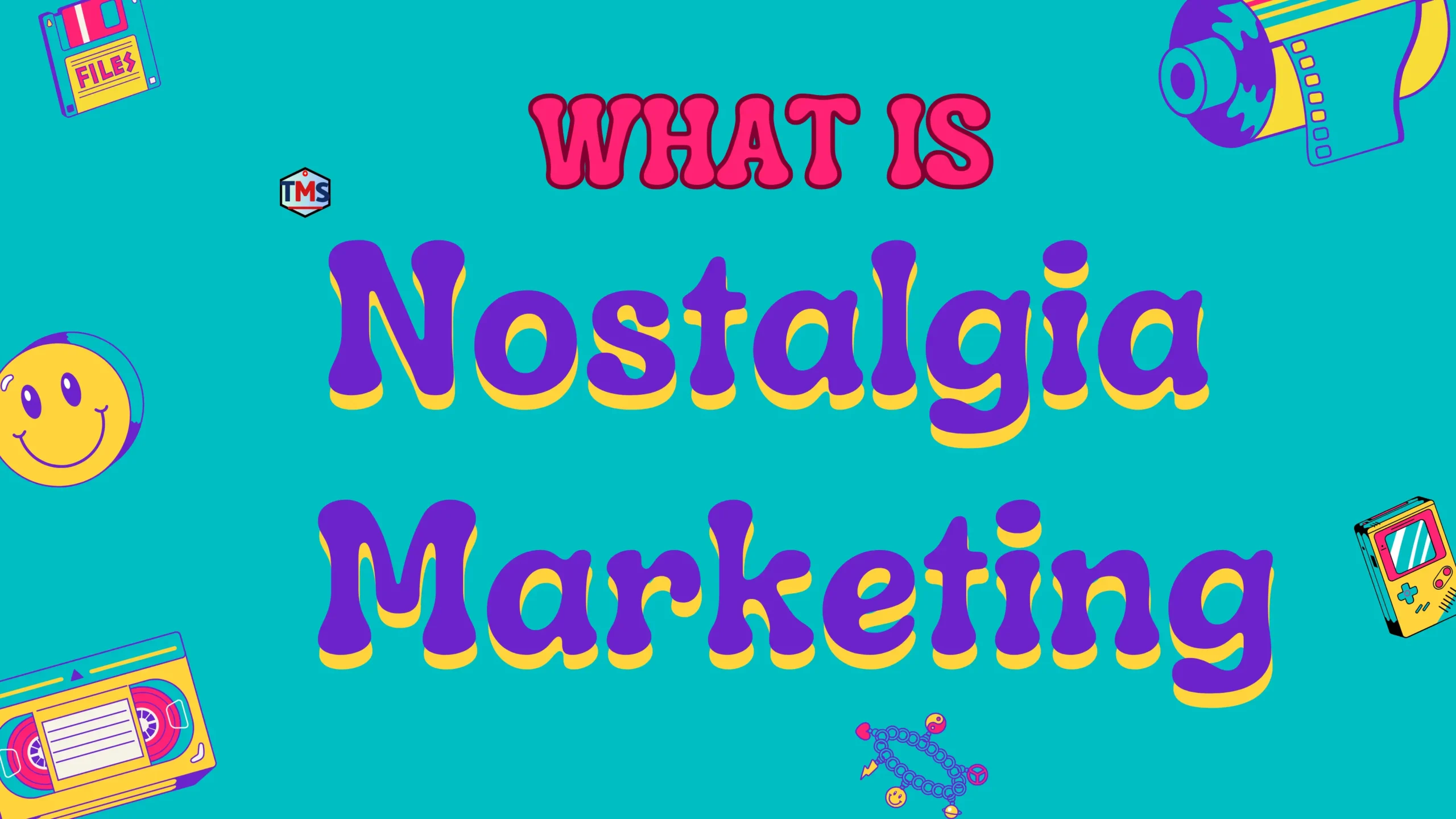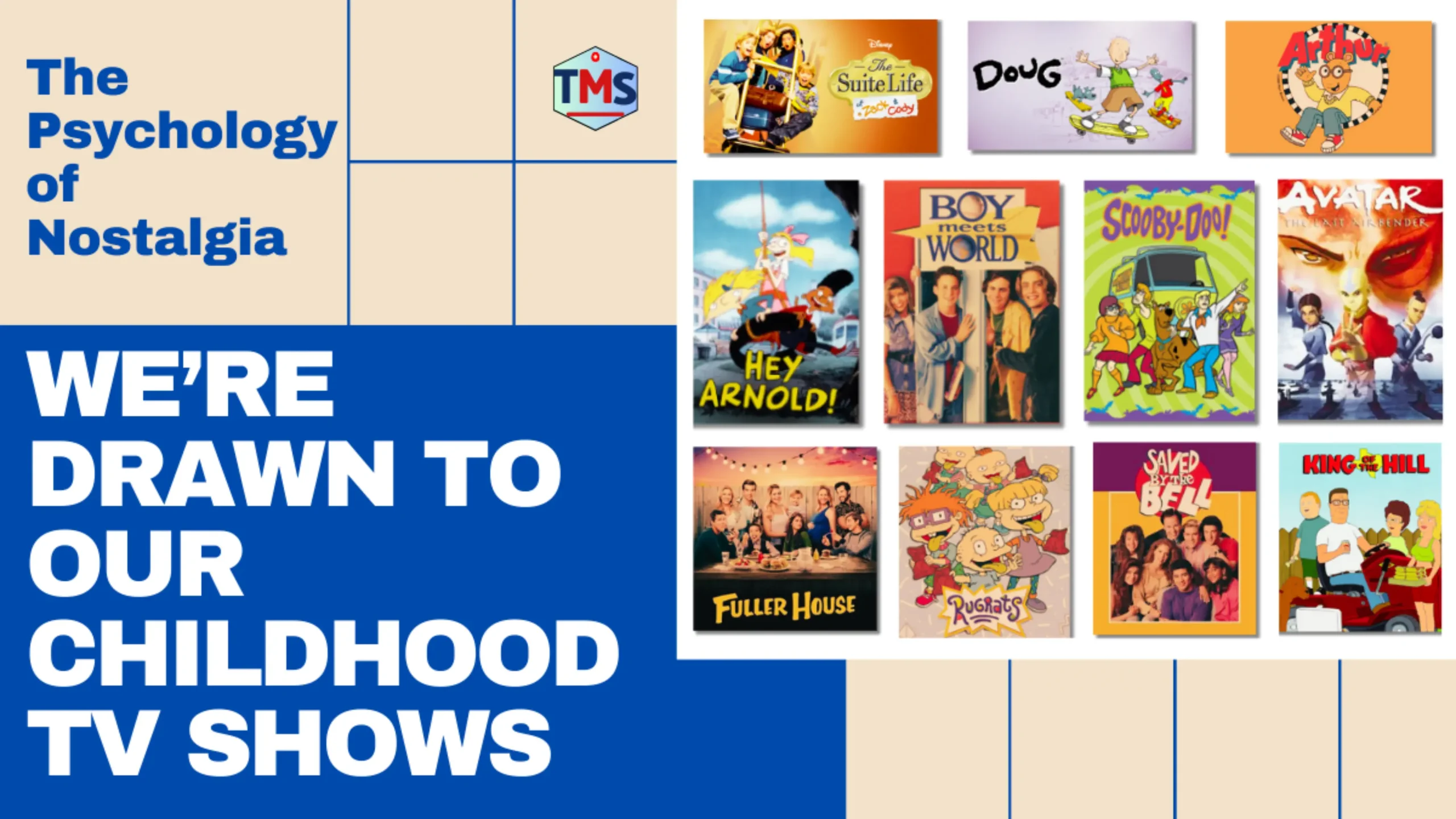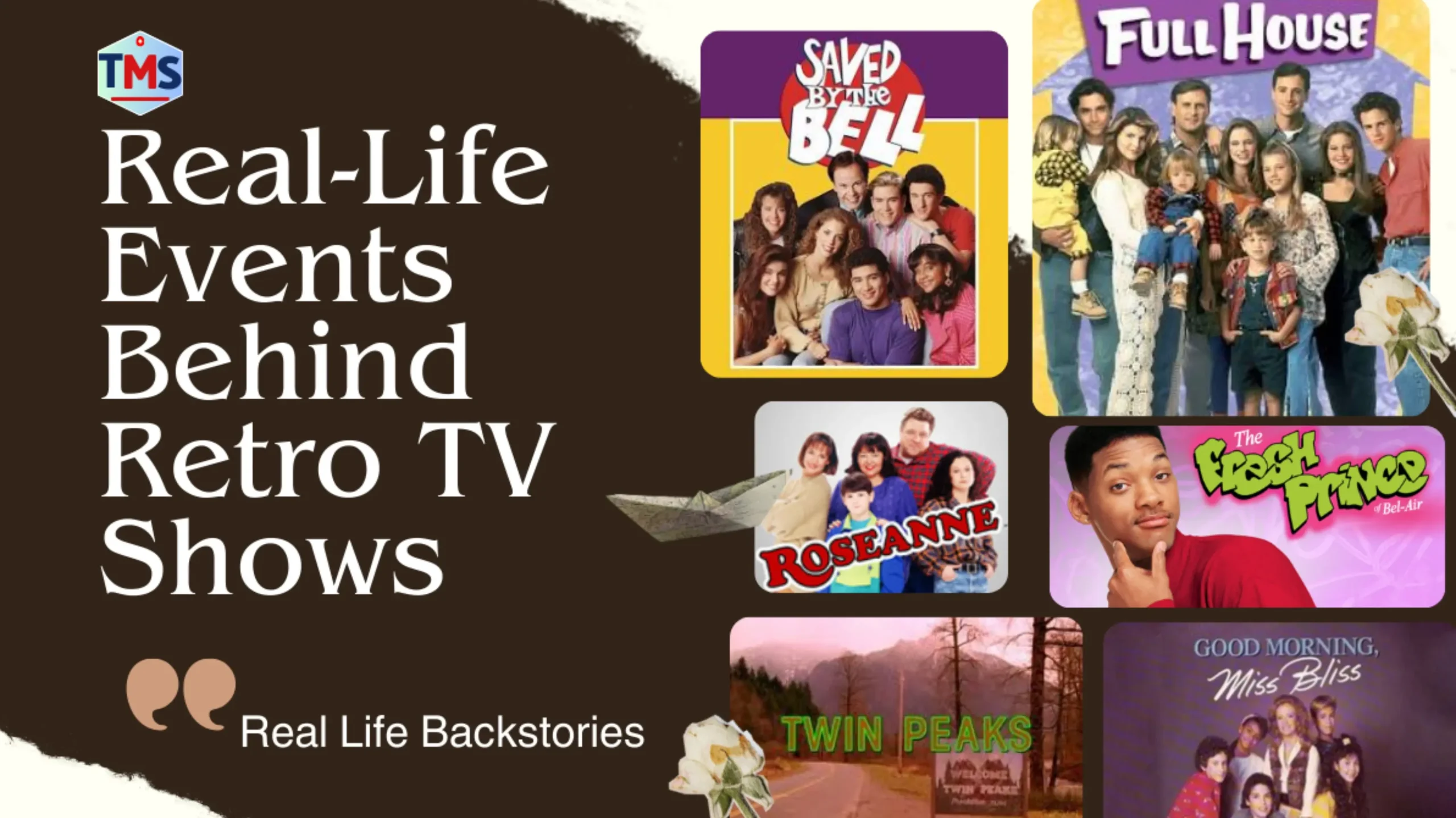A Nostalgic Journey Through the Magic of Film
Intro
Alright, let’s talk about Why Do We Feel Connected to Childhood Movies. I’ll confess something right off the bat: every time I hear the opening notes of The Lion King’s “Circle of Life,” I’m instantly transported back to my childhood living room, sprawled on the carpet with a bowl of popcorn, feeling like Simba’s journey was somehow my journey. There’s something magical about the movies we watched as kids—they don’t just entertain; they imprint themselves on our hearts.
I’ve often wondered: why do these childhood films maintain such a powerful hold on us? What makes them different from the thousands of movies we’ve watched since? And why does rewatching them feel like wrapping ourselves in a cozy emotional blanket?
My Memories
You know, there’s something about the movies we grew up with that just hits different. It’s not just about the stories or the characters, though they’re a big part of it. It’s about how those movies made us feel at the time. I mean, think back to those lazy Saturday mornings when you’d wake up, grab a bowl of cereal — maybe Lucky Charms or Froot Loops — and plop yourself in front of the TV. The world outside didn’t matter. All that existed was you, the couch, and whatever magic was playing on the screen. Let’s take a trip down memory lane to the magic of childhood films.
For me, it was “The Sandlot“, Man, that movie wasn’t just about baseball; it was about friendship, summer nights, and the kind of freedom you only feel when you’re a kid. Every time I watch it, I’m transported back to those endless summers, riding bikes with my friends and playing pickup games at the park until the streetlights came on. And it wasn’t just “The Sandlot“. There was “E.T.“, with its heart-tugging story about a boy and his alien, or “The Goonies“, where every kid felt like they could go on their own treasure hunt.
What’s wild is how those movies have this almost magical power to connect us. I remember sitting at lunch in high school, talking with a group of kids I didn’t even know that well. Somebody brought up “Home Alone,” and suddenly we were all laughing about the same scenes — Kevin’s scream with the aftershave, the traps he set for Harry and Marv. It didn’t matter where we came from or what cliques we were in. Those shared memories tied us together.
I think that’s part of why we feel so connected to those movies. They’re like little time capsules. They remind us of a simpler time, when our biggest worry was whether the video store still had our favorite VHS in stock or whether we could stay up late enough to catch the end of the movie. And for a lot of us, those movies were our first real taste of adventure, love, or even heartbreak. They were the first stories that made us believe in something bigger than ourselves.
And it’s not just about what we saw on the screen. It’s about who we were when we watched them. Maybe you remember watching “Toy Story” with your dad and cracking up together at Buzz and Woody’s antics. Or maybe you snuck into a PG-13 movie with your friends and felt like total rebels. Whatever the case, those moments stick with us, not just because the movies were great but because they were tied to our lives in such a personal way.
Even now, as an adult, when I sit down to re-watch one of those classics, it’s like I’m meeting an old friend. The special effects might look a little dated, and the jokes might not all land the same way, but it doesn’t matter. Because for those couple of hours, I’m that kid again, sitting cross-legged on the carpet, eyes glued to the screen, feeling like anything is possible.
And honestly, that’s the magic of it. Those childhood movies aren’t just entertainment. They’re part of who we are. They’re the soundtrack to our growing-up years, the background to some of our best memories. And even though we grow up, get jobs, and have responsibilities, those movies remind us that somewhere inside, we’re still that kid who believed in treasure maps, flying bicycles, and happily ever after.
Movies from our childhood aren’t just entertainment—they are time capsules of emotions, memories, and life lessons. Whether we’re revisiting The Sandlot or The Princess Bride, these films remain a comforting escape to the past.
The Power of Nostalgia in Childhood Movies
The Science Behind Movie Nostalgia
It turns out there’s actual science behind why we get all misty-eyed about our childhood favorites. Nostalgia isn’t just sentimentality; it’s a complex neurological and psychological phenomenon.
When we watch movies that we loved as children, our brains activate what neuroscientists call “episodic memory” – a type of long-term memory that involves the recollection of specific events, situations, and experiences from our past. These memories are often stored alongside the emotions we felt at the time, creating powerful emotional associations.
Dr. Clay Routledge, a psychological scientist who studies nostalgia, explains that nostalgia serves important psychological functions. “It’s not just about remembering the past,” he notes in his research, “but about finding meaning and maintaining a sense of continuity in our lives.” When we revisit childhood films, we’re not just remembering the movie – we’re reconnecting with our past selves.
Interestingly, the brain’s hippocampus (involved in memory formation) and amygdala (involved in emotion processing) are particularly active during developmental years. This helps explain why memories formed during childhood and adolescence – including movie experiences – tend to be especially vivid and emotionally charged. The phenomenon even has a name: the “reminiscence bump,” which refers to the tendency for adults to have more vivid autobiographical memories from adolescence and early adulthood.
The Emotional Connection: More Than Just a Movie
Think about where and how you watched your favorite childhood movies. Maybe it was cuddled up with your family on a well-worn couch, at a sleepover with friends, or during a special holiday tradition. The movies themselves become intertwined with these moments of connection and belonging.
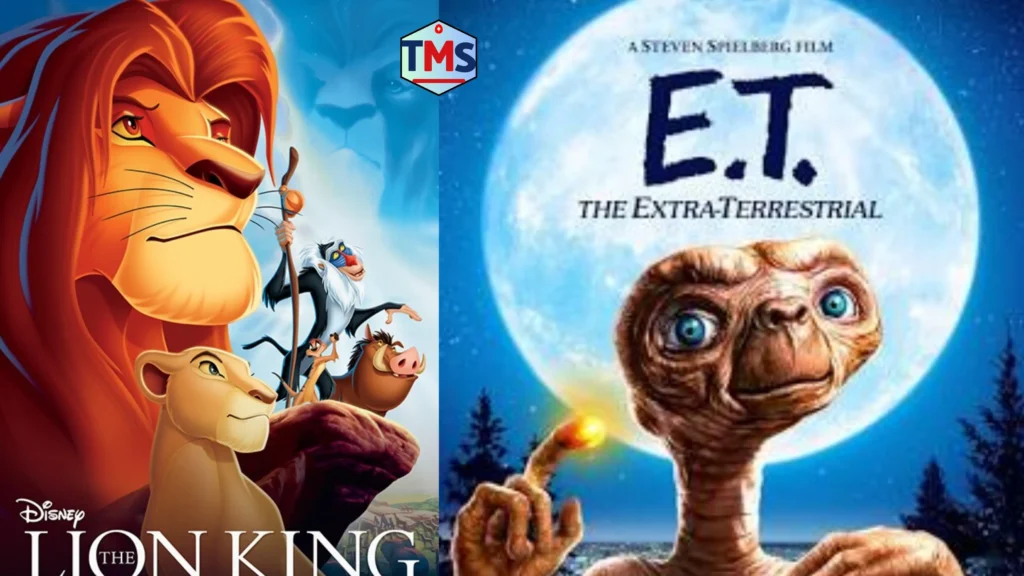
For me, The Wizard of Oz will forever be linked to sick days home from school, when my mom would make chicken soup and set up a nest of blankets on the couch. The film itself is wonderful, but the emotional resonance comes as much from those moments of being cared for as from Dorothy’s adventure in Oz.
Childhood movies often represent emotional milestones too. Maybe The Lion King was the first movie that made you understand death, or Matilda helped you feel less alone during a difficult time at school. These films become emotional touchstones, marking moments when we expanded our understanding of the world and ourselves.
Dr. Krystine Batcho, a licensed psychologist who developed the Nostalgia Inventory, a measure of proneness to personal nostalgia, points out that “nostalgic memories are predominantly positive and involve relationships or meaningful events.” Our childhood movies often represent both.
Shaping Our Understanding: How Childhood Films Influenced Us
The stories we consume as children don’t just entertain us – they help shape our worldview, values, and understanding of narrative itself.
Think about the lessons embedded in classic children’s films: the importance of friendship in Toy Story, the power of courage in The Secret of NIMH, or the value of being true to yourself in Mulan. These weren’t just entertaining plots – they were formative moral tales that helped us understand complicated concepts like loyalty, sacrifice, and identity.
As children, we were particularly receptive to these messages. Developmental psychologists note that children between ages 5 and 12 are actively building their understanding of social norms, moral reasoning, and cultural values. The stories we consumed during this period provided frameworks for understanding complex emotional and social concepts.
I still remember how The Iron Giant introduced me to ideas about choosing your own destiny rather than accepting how others define you. “You are who you choose to be,” the Giant tells Hogarth – a concept that blew my young mind and has stayed with me for decades.
Beyond explicit messages, these films also taught us about narrative structure, character development, and emotional pacing. Our understanding of how stories work – the hero’s journey, character growth, conflict resolution – was often first developed through these childhood classics. They became the scaffolding upon which we built our understanding of storytelling itself.
Passing the Torch: Sharing Childhood Films with the Next Generation
One of the most powerful aspects of movie nostalgia comes when we share beloved childhood films with the next generation. There’s something incredibly moving about watching a child experience The Lion King or Finding Nemo for the first time – seeing the wonder in their eyes that we once felt ourselves.
This sharing creates a unique intergenerational bond. My friend Mark recently told me about watching E.T. with his seven-year-old daughter. “When E.T. and Elliott flew across the moon on the bicycle, she gasped just like I did when I was her age,” he said. “It was like watching my own childhood playing out again through her eyes.”
The experience isn’t always what we expect, though. Children today respond differently to pacing, visual effects, and storytelling techniques than we did. A movie that seemed groundbreaking to us might seem slow or outdated to them. This can be jarring – but also enlightening, helping us see these beloved films through fresh eyes.
Parents often report that sharing childhood favorites helps them communicate values and experiences from their own youth. These films become a bridge across generations, a shared reference point for discussing emotions, challenges, and life lessons.
A Generational Time Capsule: How Different Age Groups Connect to Childhood Films
One fascinating aspect of childhood movie nostalgia is how generationally specific it often is. Each generation has its own set of formative films that create a shared cultural touchstone.
Gen X (Born 1965-1980)
Gen X grew up during the VHS boom, which revolutionized home viewing. For many Gen Xers, childhood movie nostalgia centers around classics like The Goonies, E.T., Back to the Future, and the original Star Wars trilogy.
These films often featured themes of independence, adventure, and kids solving problems without adult intervention – reflecting the “latchkey kid” experience many Gen Xers had. There’s also a distinctive visual aesthetic to these films, with practical effects rather than CGI creating a tangible movie magic.
As the first generation to have widespread access to home video, Gen Xers also developed unique viewing habits – watching favorite movies dozens of times on worn-out VHS tapes, memorizing dialogue, and incorporating references into their friendships.
Millennials (Born 1981-1996)
Millennials straddled the transition from VHS to DVD and grew up during Disney’s Renaissance era. Films like The Lion King, Beauty and the Beast, Aladdin, and Mulan formed core childhood memories for many millennials.
This generation also experienced the rise of computer animation with Pixar films like Toy Story and A Bug’s Life. The Harry Potter series, which began in 2001, captured the imagination of many millennials during their formative years as well.
Millennial childhood films often emphasized themes of self-discovery, being true to yourself, and finding your place in the world – themes that continue to resonate as this generation navigates adulthood in uncertain times.
Gen Z (Born 1997-2012)
Gen Z grew up with unprecedented access to content through streaming services and digital platforms. Their nostalgic connections include later Pixar films like Finding Nemo and Up, the latter half of the Harry Potter series, and animated franchises like Shrek and How to Train Your Dragon.
Unlike previous generations who might have watched the same few films repeatedly due to limited access, Gen Z had more variety available. However, they still formed deep connections with certain movies, particularly those that addressed themes of diversity, identity, and overcoming societal expectations.
Interestingly, Gen Z also experiences “inherited nostalgia” for films before their time, discovering classics through streaming services and developing nostalgic connections to movies that technically predated them.
Conclusion: The Lifelong Impact of Childhood Cinema
The movies we loved as children become part of us in ways that films we watch as adults rarely do. They shape our understanding of narrative, influence our values, and create emotional touchstones we return to throughout our lives. The science of nostalgia helps explain why these connections are so powerful, but the experience remains deeply personal and somewhat magical.
Next time you feel the urge to revisit a childhood favorite, embrace it. That emotional connection isn’t just sentimentality – it’s a reconnection with your own history, a reminder of who you were and how you became who you are. In a world of constant change, these cinematic touchstones provide continuity, comfort, and a shared cultural language across generations.
So go ahead and cue up that worn-out copy of The Princess Bride or Home Alone or whatever film takes you back to those formative years. The stories that shaped us as children continue to comfort and guide us as adults – one more piece of movie magic that extends far beyond the final credits.
Podcast with Roberta Golinkoff, PhD
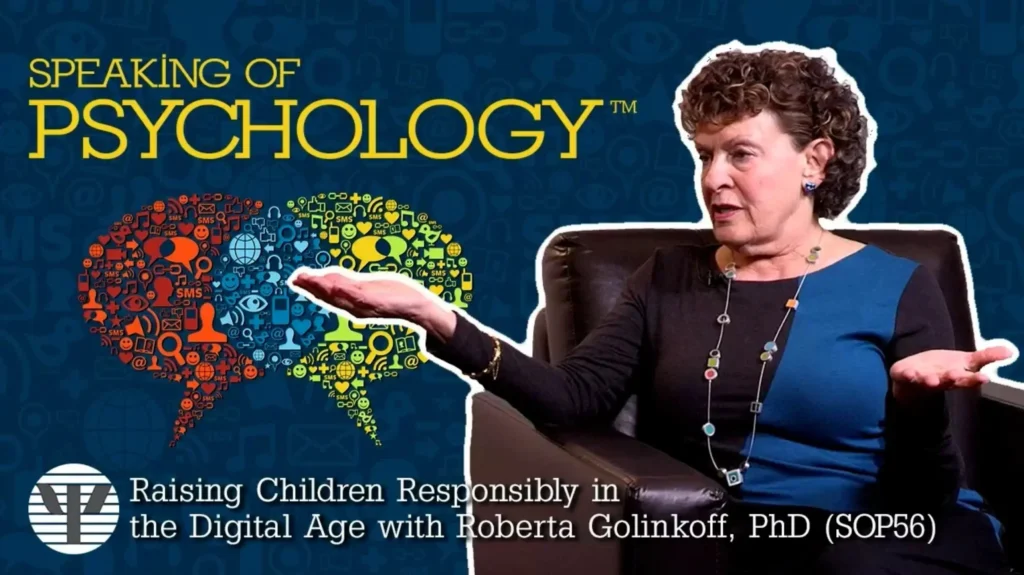
Frequently Asked Questions (FAQs)
Are there health benefits to revisiting childhood movies?
Yes, research shows nostalgia can provide psychological benefits including improved mood, increased feelings of social connectedness, reduced anxiety, and enhanced sense of meaning in life. Revisiting childhood films can serve as emotional self-regulation during difficult times.
Does everyone experience movie nostalgia the same way?
No, movie nostalgia varies widely based on individual experiences, generational factors, and cultural context. The specific films that trigger nostalgia differ for each person based on their unique childhood experiences, though certain blockbuster movies often create shared nostalgic experiences within generations.
Are there health benefits to revisiting childhood movies?
Yes, research shows nostalgia can provide psychological benefits including improved mood, increased feelings of social connectedness, reduced anxiety, and enhanced sense of meaning in life. Revisiting childhood films can serve as emotional self-regulation during difficult times.
How has streaming affected our relationship with nostalgic movies?
Streaming platforms have made nostalgic content more accessible, allowing immediate gratification of nostalgic cravings. This has extended the cultural lifespan of older films and created opportunities for cross-generational sharing, though some argue it may diminish the special quality these films once held when they were harder to access.
What makes childhood movie characters so memorable?
Characters like Simba or Harry Potter resonate because they model traits like bravery or loyalty, serving as early role models that influence our self-concept (Janicke et al., 2023).

